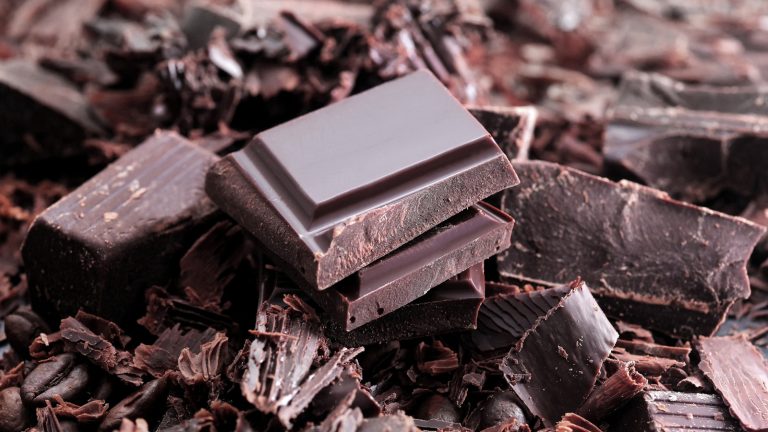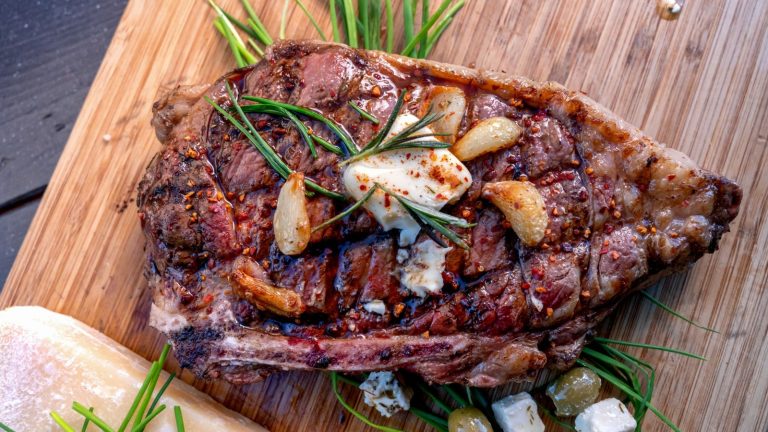Pitcher cocktails have long been a source of debate. They’re often the only reasonable way for high-volume bars to keep up with some of the most frequently ordered drinks, and batch cocktails make entertaining at home stress-free and easy. However, they’re also too often a disappointment and can end up bland and watered down because they weren’t prepared properly or at the right time. Batch cocktails can, in fact, be both a game-changer and a life-saver — they just have to be made well. With a little care, you can delight a crowd with delicious drinks. So what’s the secret? We turned to an expert: Billie Keithley, the liquid chef at Colorado’s Breckenridge Distillery known for her ability to make cocktails out of anything edible.
“For batched cocktails, know your volume,” Keithley says. “Make sure ingredients are incorporated before pouring. Chilling ingredients is key. … You need to care for the cocktail, make sure every level of what you are trying to bring forward to a guest is on point and not losing the integrity.” Essentially, just because the format is larger, that doesn’t mean you should just dump things into the pitcher — use high-quality ingredients and measure them out carefully. Have a grasp on the amounts you’ll need, which you can determine by multiplying your number of guests by the servings you want, then convert the ounces in a cocktail recipe into cups. Finally, time your preparation to keep ingredients fresh and the temperatures chilly.
Why timing and temperature matter
Keithley’s tips boil down to making pitcher cocktails with the same attention to detail you’d use for a single thoughtfully prepared cocktail, while also knowing that the timing and amounts are different. There are plenty of mistakes commonly made with batch cocktails, but luckily, they can be easily avoided with Keithley’s advice. First, get that calculation down for how many servings you need to prepare. Then, make a list of all the ingredients you need, source high-quality versions of everything, and make sure everything is chilled to ensure that your final results are refreshing and not unpleasantly warm. Spirits can be mixed ahead of time, as can any kind of syrups, but other ingredients should be added much closer to when the cocktail will be enjoyed.
For example, citrus demands careful timing with pitcher cocktails — anything acidic, like lemon and lime, can begin to taste off after too long and shouldn’t go in until the day of serving. And any carbonated elements should go in right as you’re serving batch drinks. Sparkling wine, for instance, can go flat if incorporated too long beforehand. For a chilled temperature without watered-down results, make sure to incorporate ice, but, again, not too long before serving. You want a bit of melting action to dilute the overall cocktail and blend flavors, but too much, or you’ll get that bland finish. Other components that should go in at the last minute are anything fresh, like mint leaves, so that they don’t wilt and lose their flavor.






